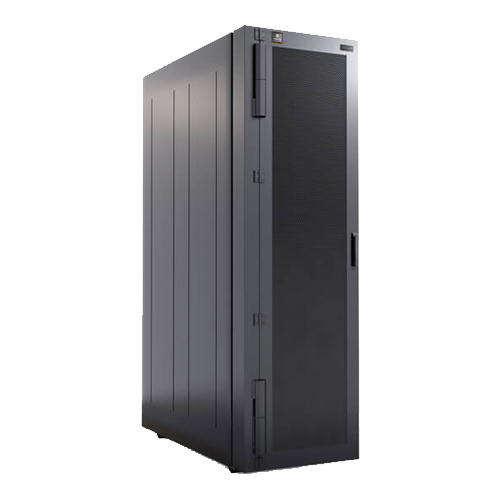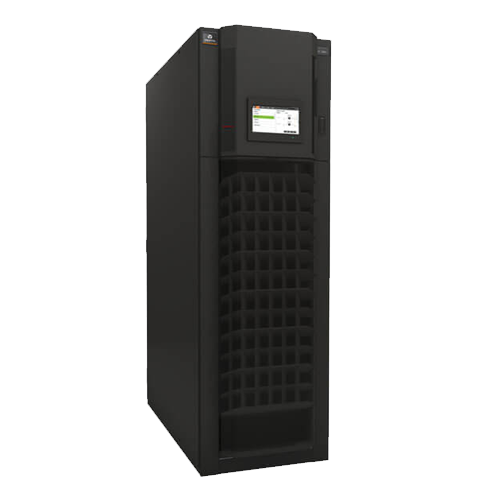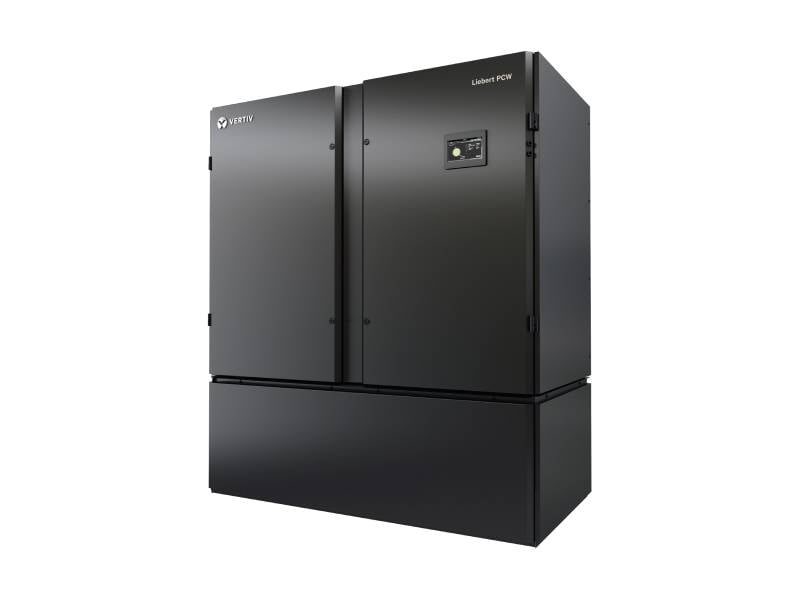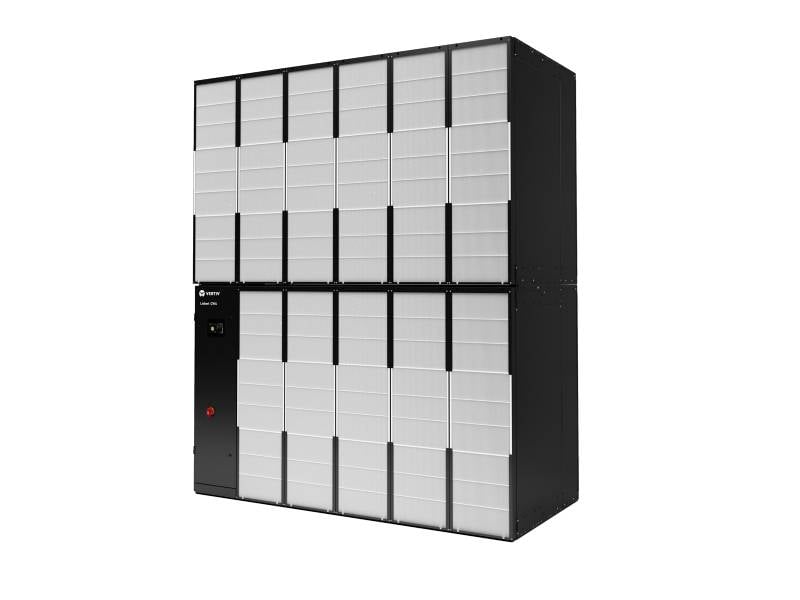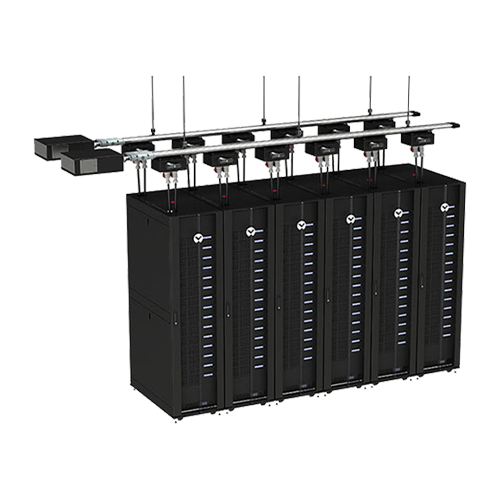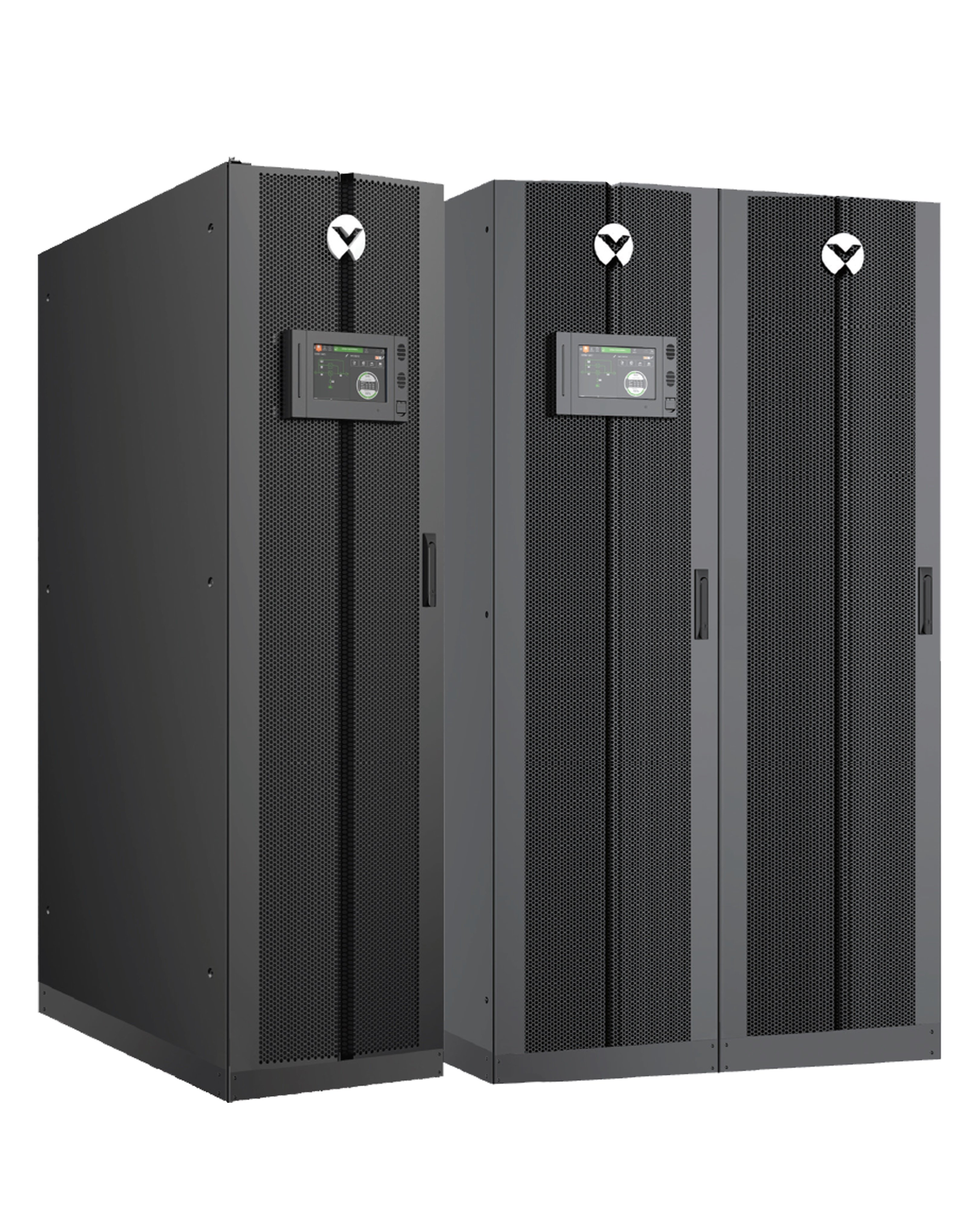How to implement liquid cooling at existing data centers
The future of data center thermal management has arrived - and it's a hybrid of air and liquid cooling technologies. So, how fast will you supplement higher-density air-cooled workloads with liquid cooling infrastructure?
As demand for artificial intelligence (AI) and machine learning (ML) models surge, you’re likely evolving your cooling strategy and exploring new options. To help you navigate this process, Vertiv has developed Deploying Liquid Cooling in the Data Center. This technical guide provides practical strategies and a step-by-step roadmap on adopting liquid cooling for 1MW IT loads.
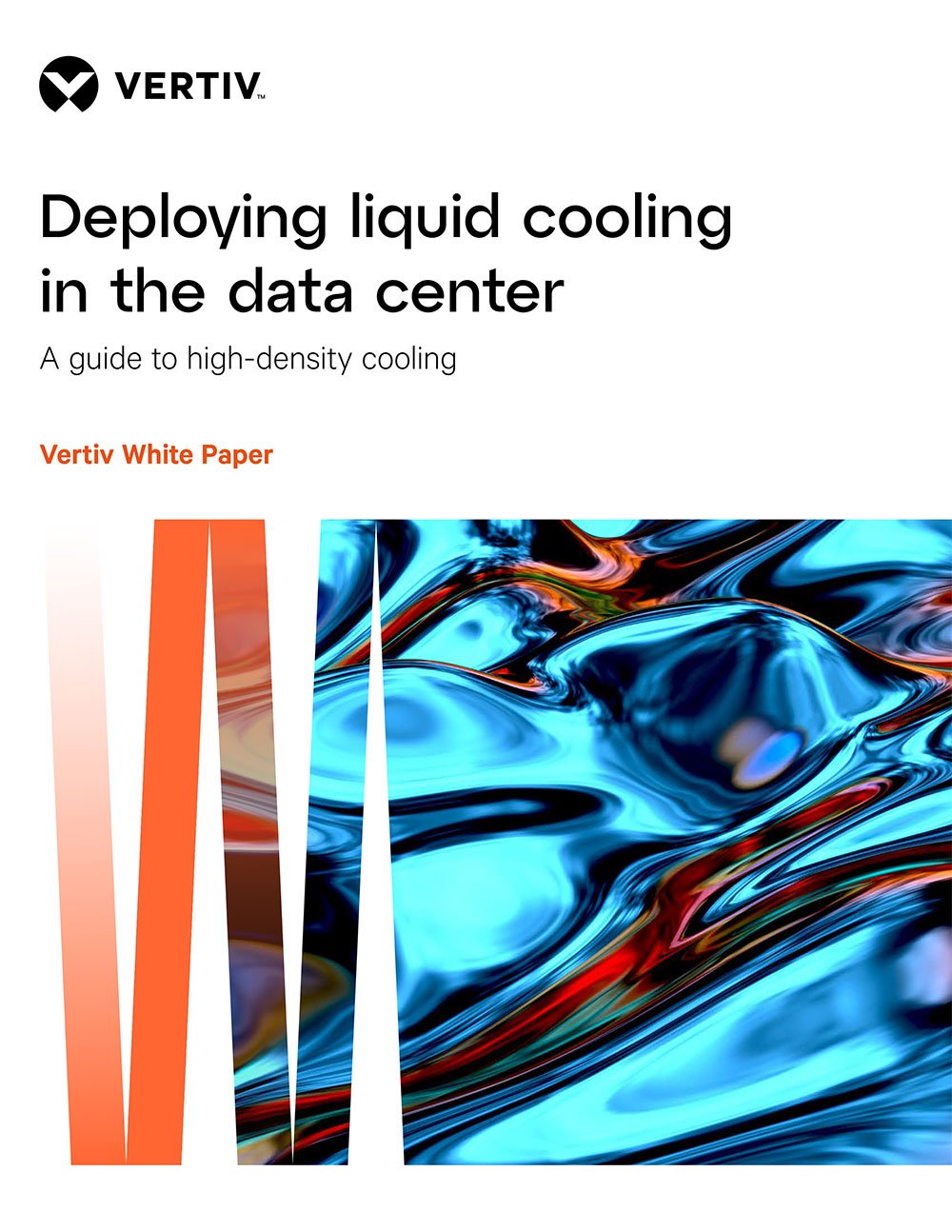
Who’s adopting liquid cooling and why
Liquid cooling is already here and the usage is growing.

Key drivers of growth
The arrival of large-language models like ChatGPT, Claude, LLaMA, and others has sparked enterprise interest in traditional and generative AI and ML. Companies are increasing use of AI and ML to optimize processes and accelerate innovation.
The development of the newest AI servers is driving heat loads to reach 6 kW to 10 kW per server. And chip, server, and rack heat densities are only continuing to rise.
A new cooling strategy is needed
Explore when to adopt liquid cooling for rising rack densities.
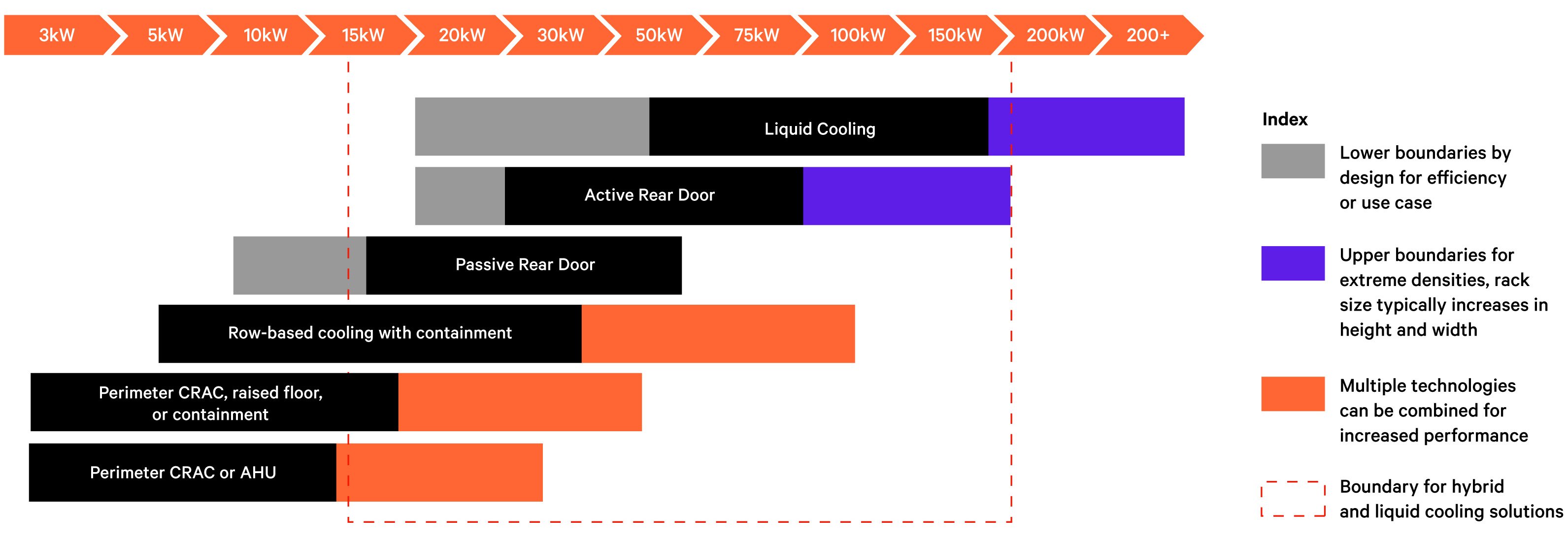
Get ready to deploy liquid cooling
Use this simple roadmap to prepare to deploy liquid cooling at your existing data center.
Evaluate current and projected demand for deep learning, natural language processing, AI chat generation, training, and inference.
Conduct a site audit
Perform a computational flow dynamics study of current airflows, analyze the existing infrastructure’s adaptability to support new workloads, and review the physical space and water supply.
Model new infrastructure in the desired space
Model the desired hybrid cooling infrastructure in your data center to identify any obstacles to overcome. Then, optimize equipment placement and make final enhancements.
Consider site impacts
Evaluate how construction will disrupt current operations and how new heat loads will impact existing workloads.
Factor in sustainability gains
Consider liquid cooling’s ability to reduce your data center’s power usage effectiveness (PUE) and Scope 2 emissions.
Design the solution
Work with your design consultant and partners to create a solution that meets your site and application requirements.
Key considerations with liquid cooling
Many facilities aren’t designed for liquid cooling and will need to be retrofitted. Whether you’re redesigning racks or rooms at a time, you’ll want to:
Determine power requirements
Consider where to place a new busway, how to plan for redundancy, and where to route electricity.
Evaluate liquid cooling options
Will determine what type of liquid cooling unit you can deploy.
Choose the right racks
Wider and deeper racks are needed to support increasingly dense computing environments.
Design mechanical space
Consider floor levels, environmental conditions, and maintenance requirements to place liquid cooling equipment optimally.
Design technical space
Whether your facility has raised floors or not will determine whether you separate piping and power distribution – or not. In addition, you may need to restructure AC power to support higher-density applications
Select your equipment
Evaluate and select equipment for your liquid cooling system. Make sure systems are compatible with desired materials and are optimally placed to achieve desired redundancy.
Leverage project services
Work with your extended team to navigate application design, conduct offsite testing of equipment, and install and commission new systems. You’ll also want to set up a plan for performing remote monitoring and routine maintenance.
Get support crafting your liquid cooling strategy and roadmap.
Explore Vertiv's high density solutions
Vertiv provides technical expertise to help you navigate liquid cooling, air cooling, and power technology and then select the right systems and components for your needs. We also offer remote monitoring, preventive maintenance, and troubleshooting services to keep liquid cooling solutions at peak levels.
Liquid cooling
Air cooling
Power distribution
Services


